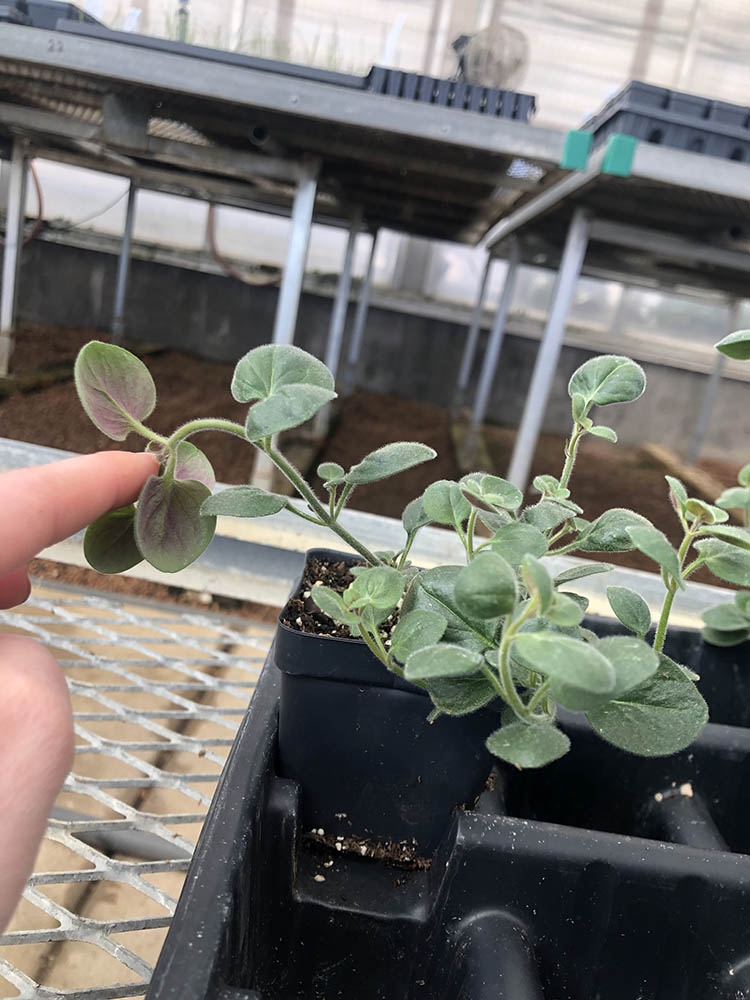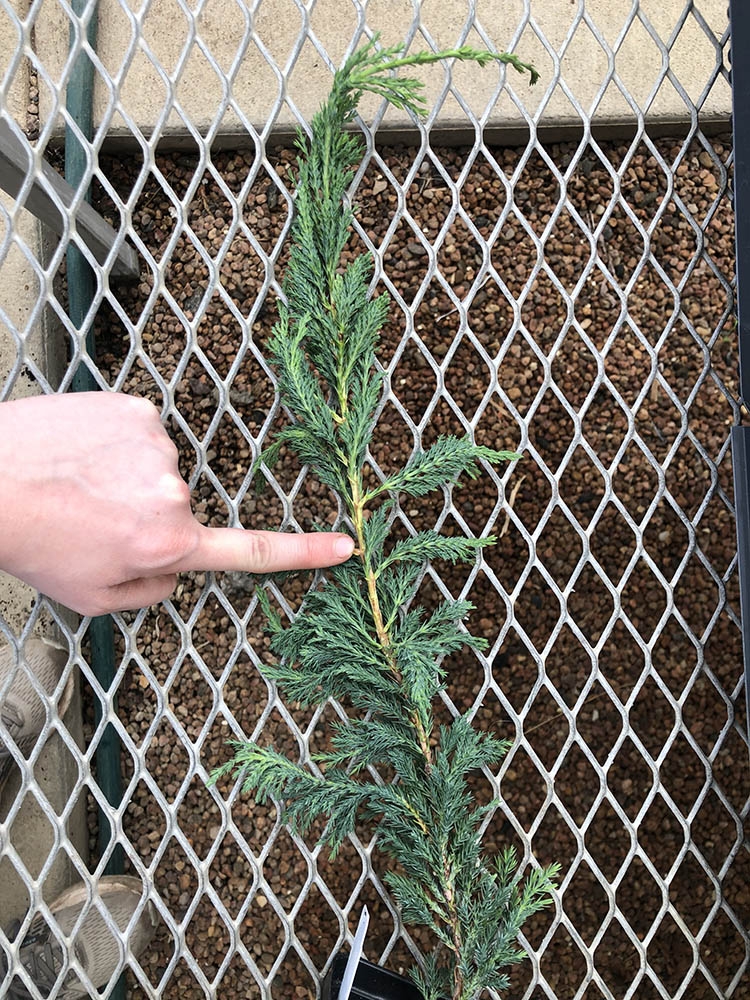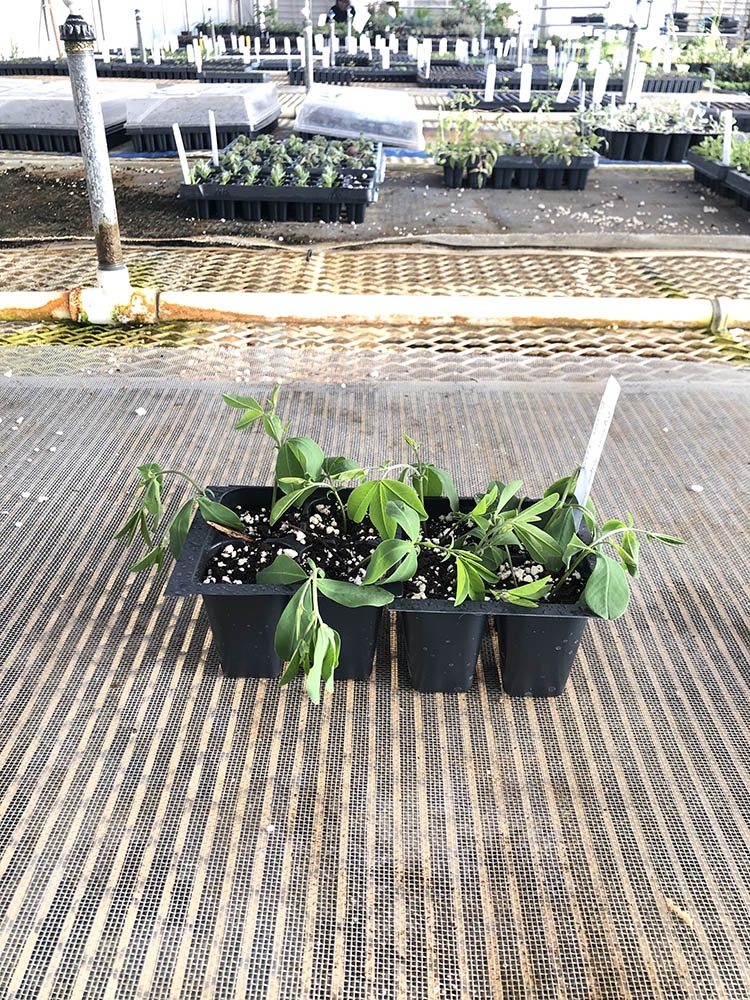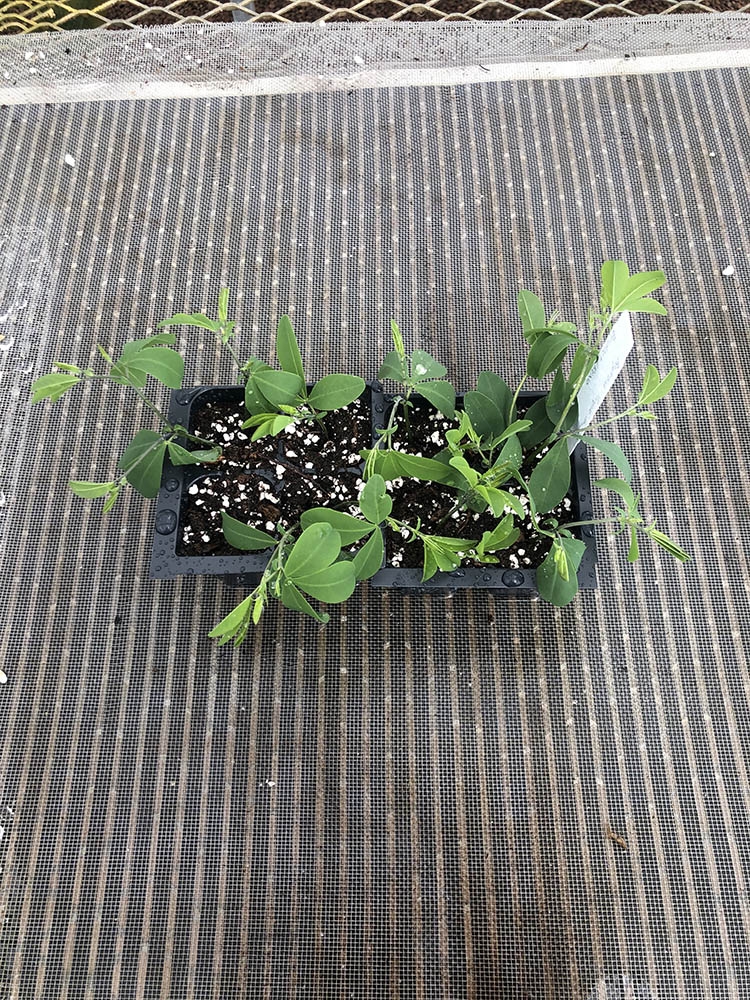Three Basic Principles of Propagating with Cuttings
A beloved plant is showing signs that they have reached the end of their life span. You check your local nursery and can’t find an adequate replacement, nor any seed pods for your plant. What do you do?
This is where vegetative cuttings come in handy. Vegetative cuttings are a type of clonal propagation where a piece of the original plant is removed and rooted to create a new plant identical to the original. There are three main factors to consider when propagating with vegetative cuttings that are critical to your success: health, heat and hydration.
When considering health, choose a branch that is free from disease and that has healthy new growth. If you are taking cuttings from perennials, it is best to take them when the new growth has just matured, and the leaves have fully expanded. A general rule of thumb for herbaceous plants is to take the cutting from the end of a branch and to cut where the stem bends. Cutting where the growth is still soft will speed along the rooting. If you are propagating a woody plant, take the cuttings in the spring when the new growth has emerged, but not hardened off. Look at the color of the growth, if the first several inches are lighter or greener than the rest of the branch, you have fresh growth. Cut where the color changes from green or light brown to the color of the rest of the branch.
For heat, the soil needs to stay between 65 and 75 degrees and the air temperature needs to remain in a similar range. To achieve this in your home, find a bright window space in a room that stays warm and not a cold, drafty window as this will slow down rooting. If your cuttings are in a pot, you can place a clear plastic bag over the pot to trap heat around the cutting. If the cuttings are in a plastic tray, you can purchase clear plastic domes that fit over the tray to create a greenhouse effect.
When handling hydration, keep the plant hydrated until it can grow roots. Cuttings can take in water from the air through pores in the leaves called stomata. To trap humidity, plant your cuttings in wet soil, use a spray bottle to mist the leaves, and cover them with clear plastic as described before. Then, place your cuttings in a warm spot. The heat will evaporate water in the soil and trap it within the plastic covering, creating a warm, humid microclimate perfect for rooting cuttings. If you notice your cuttings wilting, use the spray bottle to mist the leaves. After a few days, they should not need to be misted anymore.
By following the three principals of health, heat and hydration and experimenting with different plants you will be on your way to successfully propagating your own cuttings at home.
This article was contributed by Emily McAuley, horticulturist (green house production - Chatfield Farms) and first appeared in Life on Capitol Hill.
Gallery




Add new comment